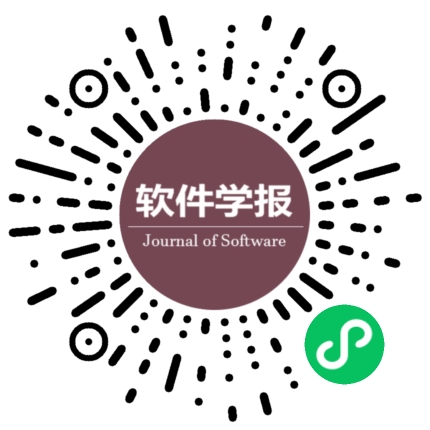基于预测编码的样本自适应行动策略规划
作者:
作者单位:
作者简介:
梁星星(1992-),男,博士生,主要研究领域为智能规划,军事智能博弈对抗;
张龙飞(1988-),男,博士生,主要研究领域为机器学习,深度强化学习;
马扬(1993-),男,博士生,主要研究领域为网络嵌入,链路预测,图神经网络;
廖世江(1989-),男,主要研究领域为军事智能博弈对抗;
冯旸赫(1985-),男,博士,副教授,主要研究领域为因果发现与推理,主动学习,强化学习;
刘忠(1968-),男,博士,教授,博士生导师,主要研究领域为多智能体系统;
张驭龙(1988-),男,博士生,主要研究领域为信息系统,强化学习,智能博弈.
通讯作者:
冯旸赫,E-mail:fengyanghe@nudt.edu.cn;刘忠,E-mail:liuzhong@nudt.edu.cn
中图分类号:
基金项目:
国家自然科学基金(71701205)
Sample Adaptive Policy Planning Based on Predictive Coding
Author:
Affiliation:
Fund Project:
引用本文
梁星星,马扬,冯旸赫,张驭龙,张龙飞,廖世江,刘忠.基于预测编码的样本自适应行动策略规划.软件学报,2022,33(4):1477-1500
复制相关视频
分享
文章指标
- 点击次数:
- 下载次数:
- HTML阅读次数:
历史
- 收稿日期:2021-05-23
- 最后修改日期:2021-07-16
- 录用日期:
- 在线发布日期: 2021-10-26
- 出版日期: 2022-04-06
文章二维码

您是第位访问者
版权所有:中国科学院软件研究所 京ICP备05046678号-3
地址:北京市海淀区中关村南四街4号,邮政编码:100190
电话:010-62562563 传真:010-62562533 Email:jos@iscas.ac.cn
技术支持:北京勤云科技发展有限公司
版权所有:中国科学院软件研究所 京ICP备05046678号-3
地址:北京市海淀区中关村南四街4号,邮政编码:100190
电话:010-62562563 传真:010-62562533 Email:jos@iscas.ac.cn
技术支持:北京勤云科技发展有限公司



